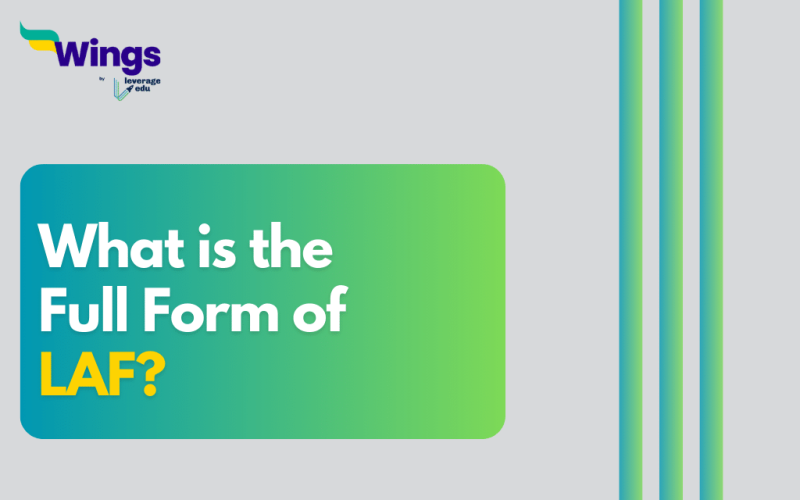The full form of LAF is the Liquidity Adjustment Facility. This term is primarily associated with central banks and their efforts to manage liquidity within the financial system. Liquidity, in this context, refers to the ease with which assets can be bought or sold in the market without causing a significant impact on their prices.
Also Read: What is the full form of JIT?
The Mechanics of LAF
Table of Contents [show]
The Liquidity Adjustment Facility serves as a tool for regulating the money supply in an economy. Central banks use LAF to inject or absorb liquidity, depending on the prevailing economic conditions. This process aids in controlling inflation, stabilising interest rates, and ensuring the smooth functioning of financial markets.
Also Read: What is the full form of IUPAC?
Two Components of LAF
LAF typically consists of two components: the Repo Rate and the Reverse Repo Rate. The Repo Rate is the interest rate at which the central bank lends money to commercial banks, while the Reverse Repo Rate is the rate at which it borrows from them. By adjusting these rates, central banks can influence the liquidity in the banking system.
Also Read: What is the full form of IOD?
Role in Monetary Policy
LAF plays a crucial role in the implementation of monetary policy. When a central bank wants to inject liquidity into the system, it lowers the Repo Rate, making it more attractive for banks to borrow. Conversely, when the goal is to absorb excess liquidity, the central bank raises the Repo Rate, encouraging banks to deposit funds.
Also Read: What is the full form of IGHT?
Now you know that the full form of LAF is a Liquidity Adjustment Facility. As central banks strive to maintain economic stability, the Liquidity Adjustment Facility emerges as a vital instrument in their toolkit, shaping the financial landscape in subtle yet powerful ways.
Also Read: What is the full form of KD?
For more such full forms check out our blog on Full Forms. For more abbreviations like this, you can check out our 300+ Full forms list!
 One app for all your study abroad needs
One app for all your study abroad needs















 45,000+ students trusted us with their dreams. Take the first step today!
45,000+ students trusted us with their dreams. Take the first step today!
